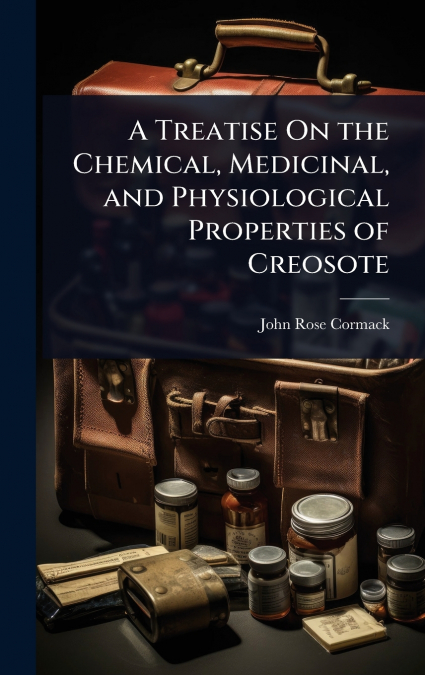
John Rose Cormack
'A Treatise On the Chemical, Medicinal, and Physiological Properties of Creosote' by John Rose Cormack, first published in 1836, is a significant historical document in the fields of medicine and chemistry. This treatise, which was awarded the Harveian Prize, meticulously details the properties of creosote through experimentation on animals. Cormack’s work provides valuable insights into the chemical composition, medicinal applications, and physiological effects of creosote as understood in the early 19th century. Beyond its immediate scientific value, the treatise explores the practical applications of creosote, including a fascinating section on its potential use in the embalming practices of the ancient Egyptians. This blend of scientific inquiry and historical consideration makes the work an intriguing read for historians of medicine and chemistry, as well as anyone interested in the evolution of embalming techniques. Cormackâs detailed observations and experiments offer a unique window into the scientific methodologies and medical knowledge of his time.This work has been selected by scholars as being culturally important, and is part of the knowledge base of civilization as we know it. This work was reproduced from the original artifact, and remains as true to the original work as possible. Therefore, you will see the original copyright references, library stamps (as most of these works have been housed in our most important libraries around the world), and other notations in the work.This work is in the public domain in the United States of America, and possibly other nations. Within the United States, you may freely copy and distribute this work, as no entity (individual or corporate) has a copyright on the body of the work.As a reproduction of a historical artifact, this work may contain missing or blurred pages, poor pictures, errant marks, etc. Scholars believe, and we concur, that this work is important enough to be preserved, reproduced, and made generally available to the public. We appreciate your support of the preservation process, and thank you for being an important part of keeping this knowledge alive and relevant.